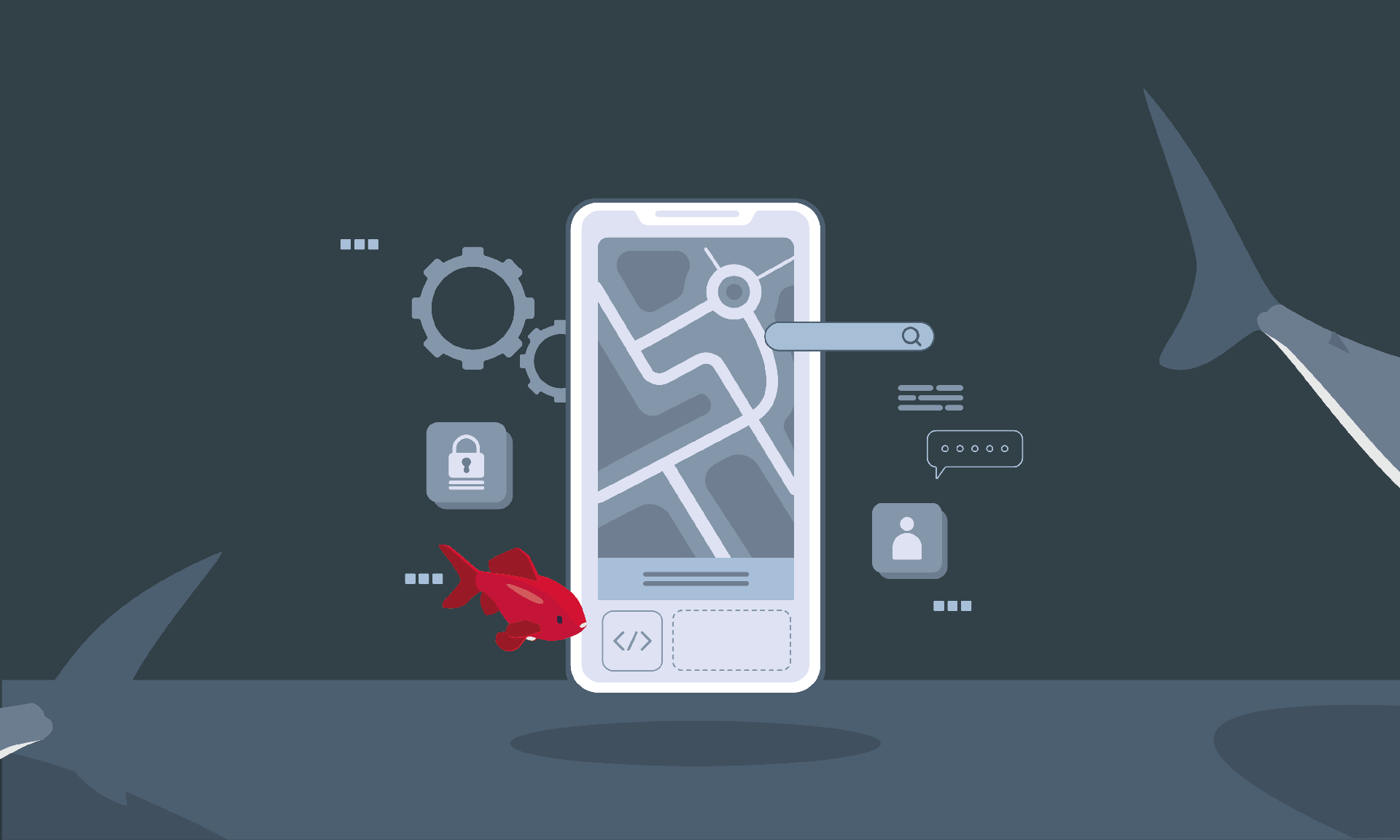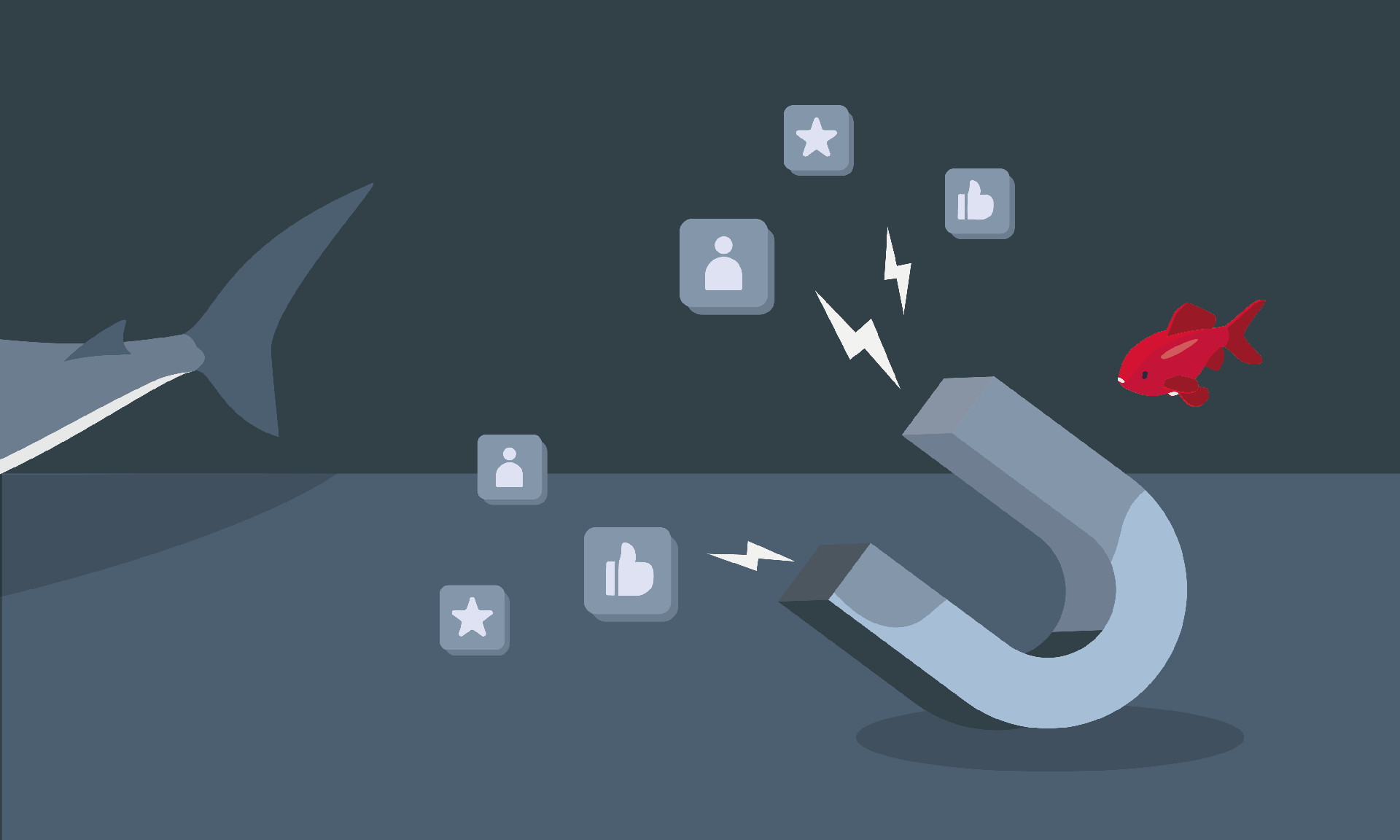The Premisse
At NDrive, for the past 12 years, direct-to-consumer hasn’t been our primary focus of operation. Our technology has matured in such a way that we are now able to provide location-based solutions to a wide array of sectors. However, at some point we realised we had a solid algorithm, born out of 10+ years of development and at the same time access to a Worldwide shelf space – Google Play and AppStore. So, why not use that real-estate to: 1, Showcase our tech to potential partners Worldwide and 2, make it self-sustainable based on growth tactics and in-house strategies.
The Scenario
Travel, Maps and GPS Navigation are deep waters where big sharks normally invest their time (and a lot of money) to hunt for an audience.
We knew that we were going to swim with the big boys in the industry. However, if we took the time to look at it from afar, we were (and still are) one of the few really independent developers and publishers of such a specific piece of technology. As an example, the list of competitors includes 3 flagship products (Waze, Google Maps and Apple Maps) from 2 of the most highly valued companies in the world. But it doesn’t end there. It also included several big fish, already solid in the market, like TomTom, Sygic, iGo, Navmii (peace to its soul) and Maps.me. It was scary, but we had something that would have never allowed us to give up beforehand: a product in which we trusted 100%.

The Process
There’s a new trend when it comes to virtual commodities that states that to make a product financially successfully one first needs to grow the audience and then make it pay for the product. Many follow the “grow it then milk it” recipe. Honestly, we think of it as offensive to our potential customers. At NDrive, we believe that the path to success is to grow a close relationship with our customers, by being transparent from day one in terms of what we offer and what we ask in return. And this needs to be absolutely fair for both parts.
The Shelf Space
App stores like Google Play and Apple’s AppStore are highly democratic, in which anyone can showcase their product to millions of users; but at the same time it can also be a tough battle, with very specific rules. The good news: the big sharks don’t always win. And that is where small, independent companies with flexible roadmaps can make a big difference.
There’s a lot to be said about ASO (App Store Optimisation) and how developers can optimize their presence and showcase their apps, but this is not the place to look into it. However, it can be said that the way we “package” our product can take it to the best spot at that highly demanded shelf. This leads to organic installs that come from users that searched for a specific term inside the app store, or even users that were browsing and something caught their attention. This is called organic acquisition, gaining users and building an audience for a small cost.

"In a Relationship"
So, now that we won the first round by convincing the user to download our app instead of all the other appealing ones – note to memory: some of the competing apps are developed by the same company that owns the application store, just so you know the struggle – we need to be loyal to our claims. This new user that gave us some seconds of attention and even downloaded our product expects no less than that.
From this moment on, it’s a serious relationship. We do our best to keep the user coming back and actually engage with the app. We work hard to avoid “glitches” in the relationship, but if and when they happen, we need to be available to listen, reply with care and address the issues. In tech-world jargon, this means that as soon as the user opens our app for the first time, we need to present ourselves as a solid product that will deliver exactly what the user saw in the appstore’s product description. This is the only way to retain the audience and keep it coming back. So, retention and recurrence are key in this industry. That’s when our audience realizes that the trade was fair, we sell apps, in-app purchases or display ads, and in return we offer a solid, fully-featured product.
This relationship has everything to be a success, but it’s on us, publishers to keep nurturing it, and so, even when things turn left (pun intended) we need to listen and handle the situation. All reviews need to be addressed; the good ones and especially the bad ones.
The Conclusion
When it comes to the action of persuading an audience, apps are not that different from any other commodity, like cars, headphones or even fast-food franchises. Even if the competition is Ferrari, Bose or “you-know-who” we can always take a stance as the underdog that rightfully claims its shelf space. The most important thing is to have a good product, because even with the largest marketing budget, a badly-built product will fail. When the product is good and the team has the independence and flexibility to make it evolve along with the market’s requirements, the remaining tasks are easy: good and transparent communication; fair price and caring support.
That’s why we are that goldfish that happily swims along with the big sharks. And from all of us, guess who shines when the sun illuminates the tank.